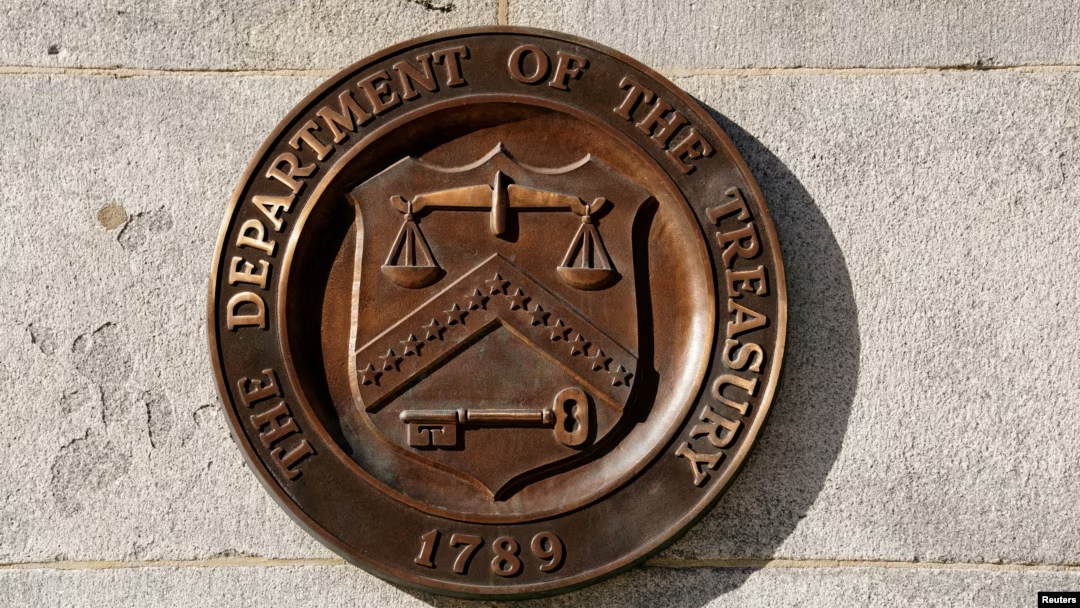The EU AI Act (AIA) is a comprehensive piece of legislation designed to establish the world’s first all-encompassing regulatory framework for AI. Unlike previous regulations, the AIA is not limited to specific industries or AI applications. While the legislative process continues within the EU, the core structure of the proposed framework is expected to remain largely intact. This discussion focuses on the role of private rule-making, specifically standard-setting, in implementing the AIA.
The AIA follows a risk-based approach, categorizing AI practices based on the level of risk they pose. It distinguishes between practices with “unacceptable” (Title II), “high” (Title III), “limited” (Title IV), or “minimal/low” (Title IX) risks. The degree of regulation varies along this spectrum, with unacceptable practices being outright prohibited, and minimal risk implementations subject to transparency requirements, such as disclosing AI system usage when interacting with humans.
This discussion delves into the most contentious segment of this spectrum: “high-risk” (Title III) systems. These AI implementations will undergo thorough certification, conformity assessments, registration procedures, and ongoing monitoring, including reassessment in the event of significant changes during the AI system’s life cycle.
Specifically, this paper examines the pivotal role of standards set by European standardization organizations (ESOs) within the AIA framework. It provides an overview of the current role of harmonized standards in the AIA draft and explores potential implications for its implementation. Furthermore, it addresses the somewhat ambiguous status of harmonized standards as a part of “EU law.” This status presents a challenge in balancing public accessibility, full judicial review, and the protection of the intellectual property (IP) rights of ESOs, which are private entities.
In conclusion, this paper offers reflections on the path forward, considering the dynamic interplay between private standardization and public regulation within the AIA framework.



















Comments